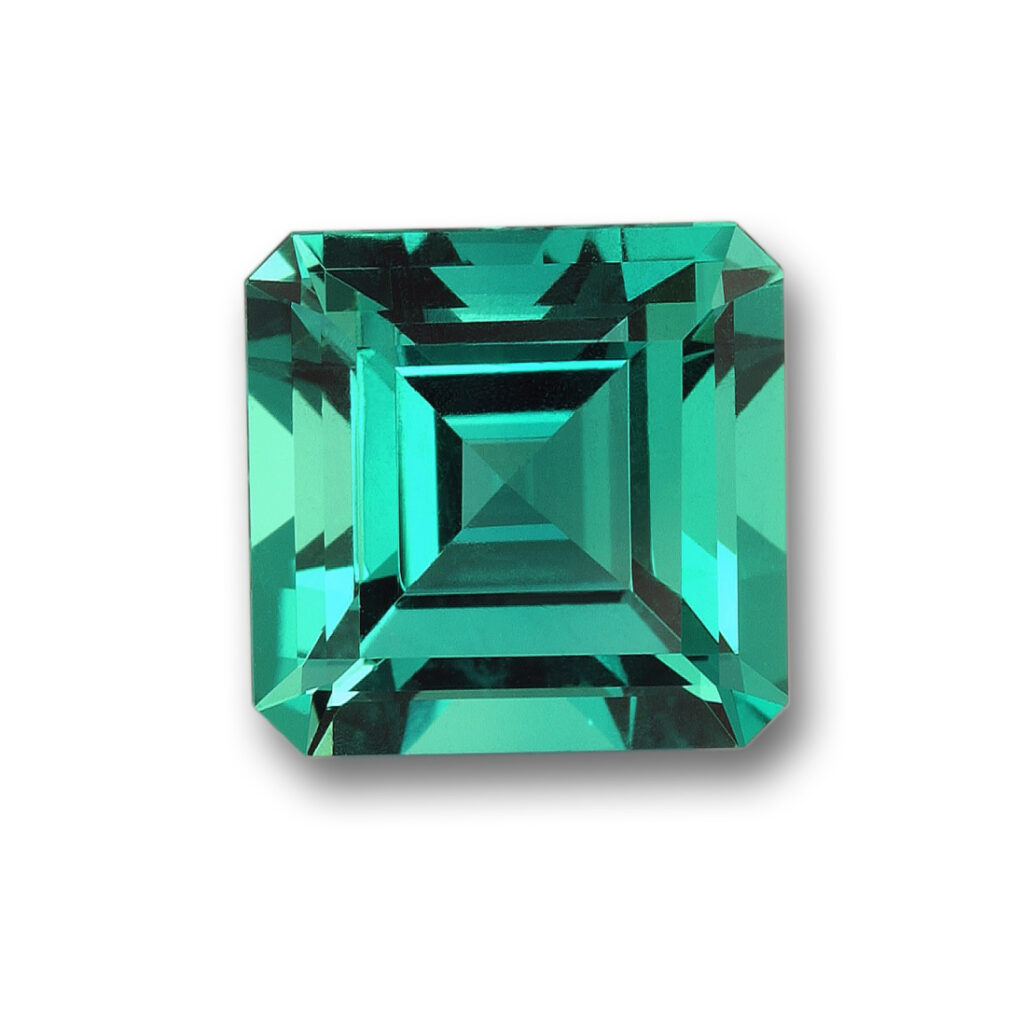As announced earlier today by this association, exhibitors to any AGTA GemFair starting in 2025 may not “display loose gemstones or jewelry comprising nonnatural gemstones—ones that are man-made, synthetic, or lab grown.”
AGTA aims to eliminate any potential confusion that could occur at its shows between synthetic and natural gemstones. AGTA members are welcome to sell synthetic gems if they disclose materials, “but for the sake of clarity and peace of mind, buyers attending AGTA GemFairs can shop knowing that only natural gems will be available for purchase,” explains the association’s Board of Directors (BOD), which made the decision.

“AGTA dealers pride themselves in sourcing superior gems that are rare, beautiful, and natural,” explains Kimberly Collins, BOD President and Owner of Kimberly Collins Colored Gems.
“We’ve sent out over 300 renewals for the 2025 AGTA GemFair Tucson and we’ve had two inquiries from companies that do not sell synthetic merchandise and zero complaints. If you look at AGTA bylaws, they state that we are a natural gemstone association, so we are adhering to our founding principles, John W. Ford, Sr., CEO of AGTA.
“This Corporation [AGTA] is a trade association that primarily represents the interests of wholesale dealers of natural colored gemstones, cultured Pearls and natural Pearls in the United States and Canada, and to further such interests …”
Reasons behind the move vary but all aim to inspire buyer confidence. Synthetic Diamonds have seen some big highs that have now snowballed into massive lows over the past six years. It was 2018 when JCK Las Vegas unveiled its Lab-Grown Diamond Neighborhood at its annual show, and as is the case with any new technology, synthetics’ prices have been fluctuating wildly. Nearly everyone in the market—growers, dealers, retailers, and of course, consumers—has been affected in some way. Plus, a recent retailer survey from INSTORE magazine confirms that LGDs remain popular for engagement rings, but shoppers whose engagements don’t last can learn a hard lesson about the (much lower) resale value of their LGD depending on what they paid.

This instability was a big driver in AGTA’s decision to halt sales of lab-grown diamonds (LGDs) and gemstones on its show floors. The latter is uncommon to see, though, given the nature of AGTA’s membership—dealers who travel the globe to responsibly source beautiful natural gemstones.
Additionally, synthetic gems lack the inherent value of natural gemstones because of rarity; lab-grown gems are made en masse, while natural gemstones are found by chance in the earth. Plus, some colors that occur in nature simply can’t be reproduced in a gem (or online).
Jaimeen Shah of Prima Gems USA and an AGTA Board Member is familiar with the chaos created by LGD sales.

“They completely disrupted the natural Diamond business,” he says. “And what was scary was the complete lack of leadership from the Diamond industry. AGTA isn’t going to war with lab-grown gemstones, but we want to protect the market and avoid confusion. Ultimately, we decided that lab-growns were impossible to police in the shows, and that anyone coming into the show would be so confused! How would they understand if they were buying naturals or lab-created gems? We want buyers walking our shows to understand exactly what AGTA dealers were representing. The founders of AGTA established the premise of an open and transparent supply chain, and this decision helps to reinforce that at shows.”
This is proprietary content for AGTA and may not be reproduced.

